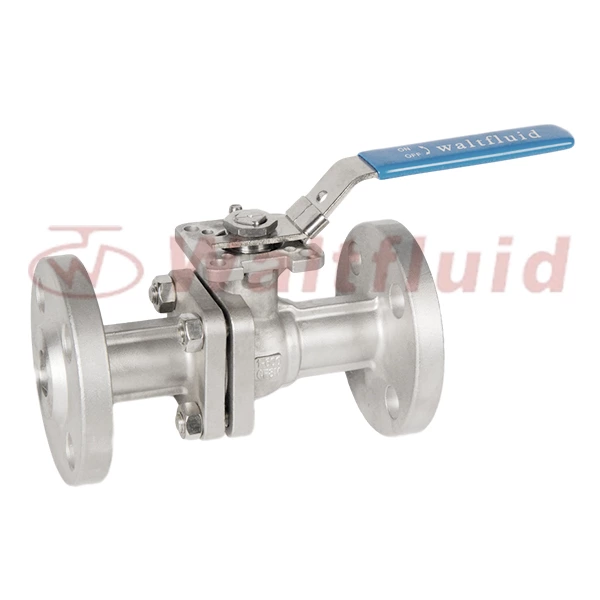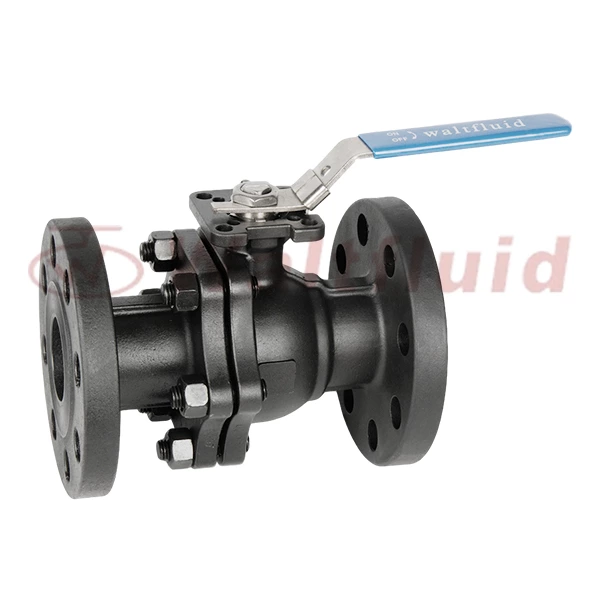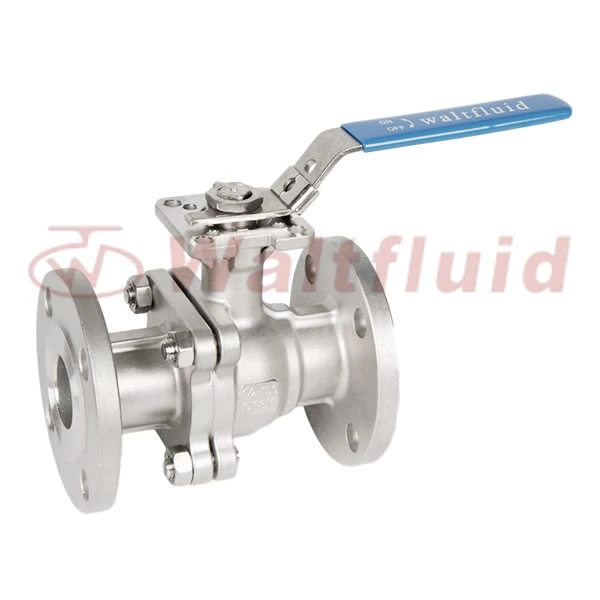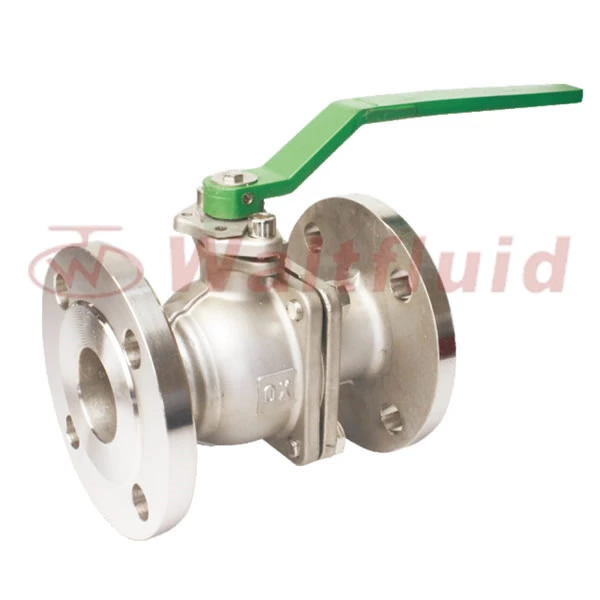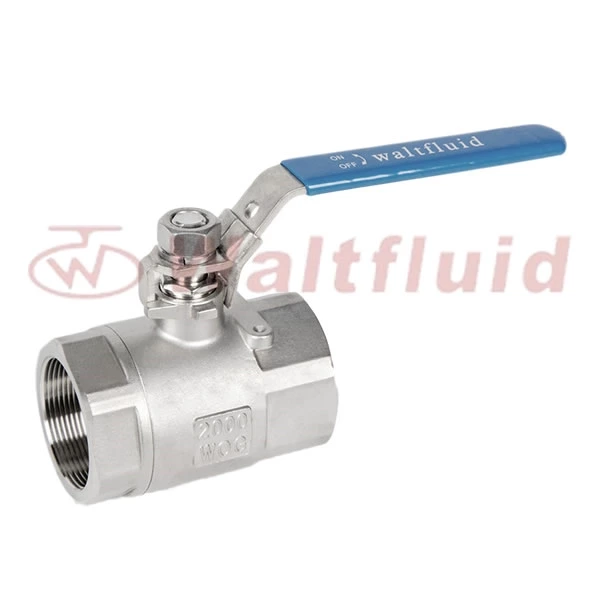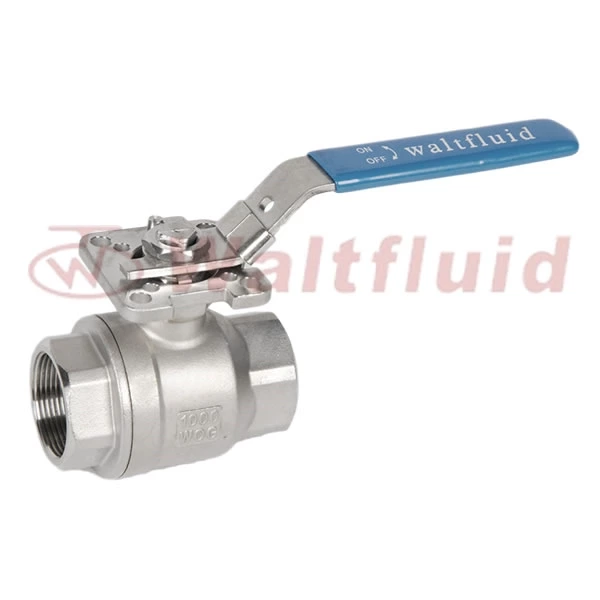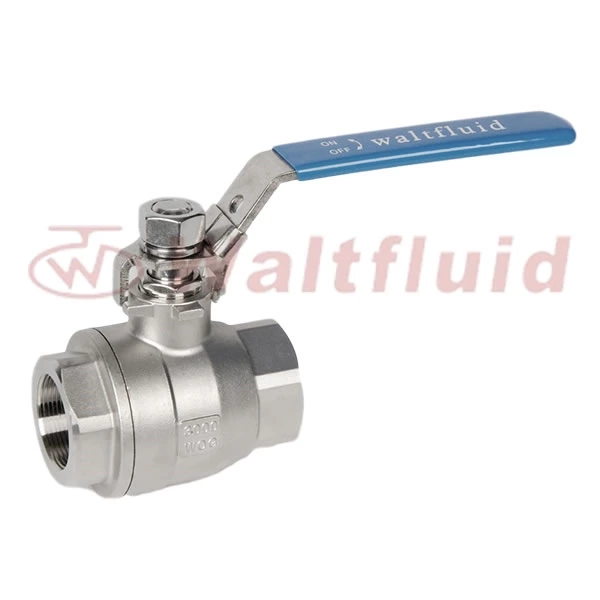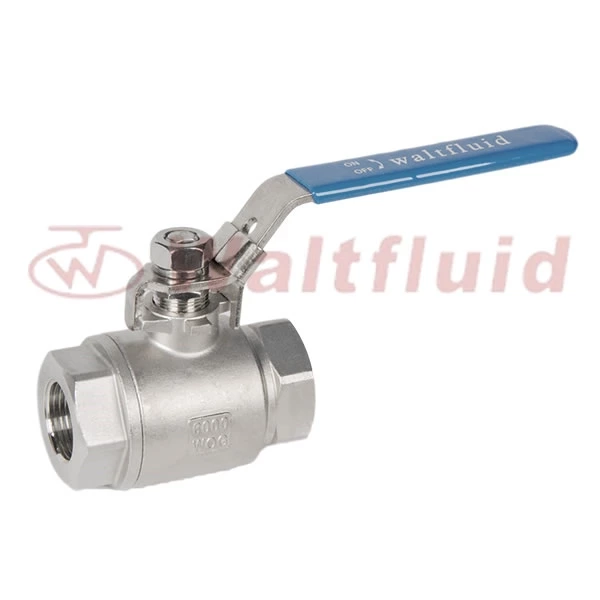Stainless Steel Ball Valve Manufacturers Take You To Understand The Installation Steps And Purchasing Guide Of Three-way Threaded Ball Valves
1. 2 Piece Ball Valve Installation steps
1. Remove the protective covers on both sides of the three-way threaded ball valve and rinse and clean it when the valve is fully open.
2. Before installation, the whole machine should be tested according to the specified signal (electric or pneumatic) (to prevent vibration caused by transportation from affecting the performance), and the line should be installed after passing the test (wiring should be based on the electric actuator circuit diagram).
3. Before preparing to connect to the pipeline, the remaining impurities in the pipeline must be rinsed and cleaned (these substances may damage the valve seat and ball).
4. During the installation of the three-way threaded ball valve, please do not use the actuator part of the valve as a lifting point to avoid damage to the actuator and accessories.
5. The three-way threaded ball valve should be installed in the horizontal or vertical direction of the pipeline.
6. The pipeline at the installation point must not be drooping or subjected to external forces. Pipeline brackets or supports can be used to clean the deviation of the pipeline.
7. After the three-way threaded ball valve is connected to the pipeline, please cross-tighten the connecting bolts with the specified torque.
2. Three-way threaded ball valve purchase guide
When selecting a valve, you should consider the valve's function, size, fluid temperature, pressure and other issues.
1. Valve function. First consider whether the valve is used to cut off or adjust the flow and pressure of the fluid. If it is only used for cutting off, you also need to consider whether there is a requirement for rapid opening and closing; if it is only used to cut off the fluid, you can choose general valves such as gate valves, stop valves, ball valves, butterfly valves, etc.; if you want to adjust the flow, you can choose electric or pneumatic regulating valves, and if you want to adjust the pressure, you can choose pressure reducing valves.
2. Valve size. The size of the valve is determined according to the flow rate of the fluid and the allowable pressure loss. Generally, it should be consistent with the size of the process pipeline. A considerable part of the pressure loss of the pressure loss pipeline is caused by the valve. Some valve structures have large resistance, while others have small resistance.
3. Fluid temperature and pressure. The material and pressure rating of the valve should be determined according to the working temperature and pressure of the valve. For valves that transport chemically corrosive media, stainless steel, monel alloy and other materials should be used according to the nature of the medium, and anti-corrosion material linings can also be used.
4. Points to note when accepting valves. First, check the appearance quality and geometric dimensions, mainly the valve body wall thickness, structure length, flange connection surface size, flow channel size, etc.; second, check the valve product certificate and quality certificate to verify whether the valve body furnace number and product number are consistent with the actual object; third, check whether the valve is flexible to open and close, and whether there is any stuck phenomenon.
Three-way threaded ball valves are widely used in the construction of various fluid conveying pipelines, which has played a great role in the work of transporting fluids. For those who need it, it is a good help to be proficient in installing three-way threaded ball valves.
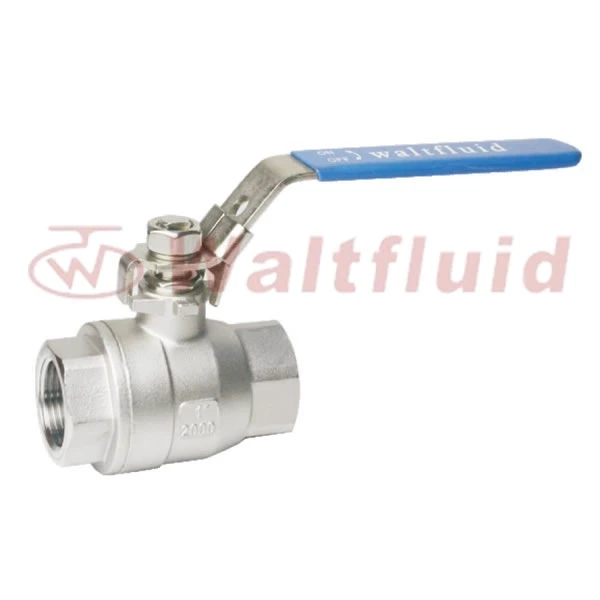
 English
English 中文
中文 Pусский
Pусский  Español
Español
